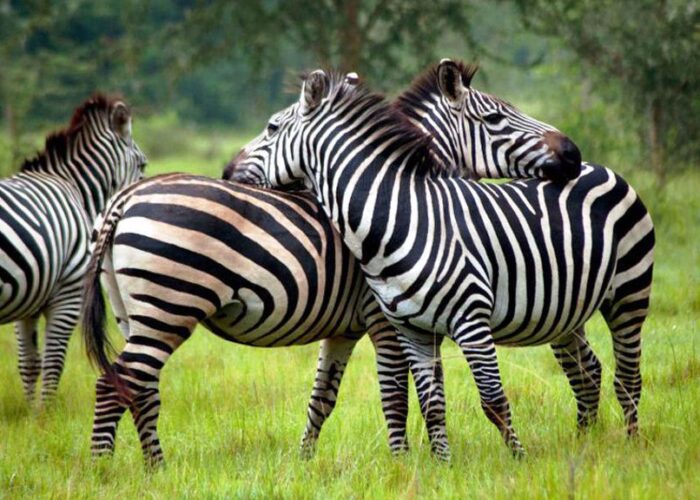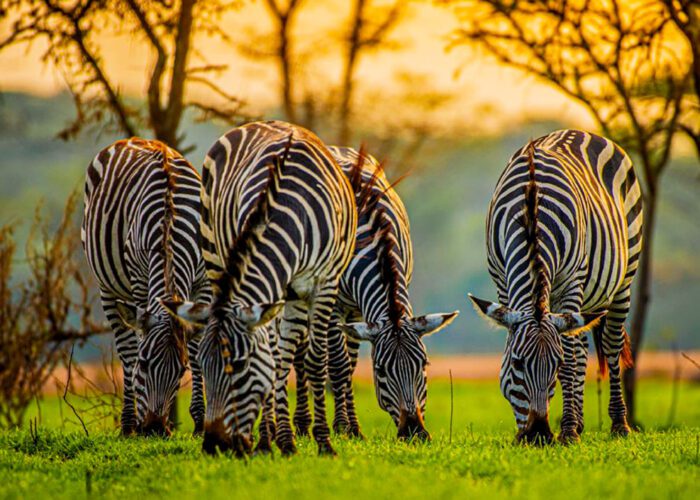Uganda’s Hidden Gem for Wildlife Enthusiasts
Lake Mburo National Park, located in western Uganda, is one of the country’s smaller national parks, covering 370 square kilometers. Despite its size, the park boasts a diverse range of wildlife and stunning landscapes, including acacia woodlands, savannahs, and wetlands. Known for its beautiful scenery and rich biodiversity, Lake Mburo National Park offers a tranquil and rewarding safari experience.
The lake itself is the largest of five lakes within the park and all are fringed by thick riparian forest and patches of papyrus swamp. Surrounding the lakes are rolling hills and moving away from the lake shores, the forest gives way to a mosaic of open savannah and acacia woodland that once stretched southwards to the Tanzania border and beyond.
Lake Mburo National Park is a compact stopover that’s conveniently close to the highway that connects Kampala to western parks such as Bwindi – useful if the far more expensive local flights aren’t an option. It’s the smallest of Uganda’s savannah national parks and lies on ancient Precambrian metamorphic rocks that date back more than 500 million years. Game viewing here is less than fabulous. The hilly landscape is pretty, but heavy vegetation conceals the wildlife from view. There are no elephant or lion because of an unstable past where wildlife was almost entirely wiped out. However, it’s the only place in Uganda where you’re likely to see large herds of impala, zebra and eland.
Although elephant and lion have not been observed within the park recently, there is still a healthy population of game including numerous topi, bushbuck, oribi, duiker, Defassa waterbuck, buffalo, warthog and hippos in the lakes. Lake Mburo is also home to the only population of impala in Uganda and apart from the remote northern parks, is the only place to see Burchell’s zebra and eland in Uganda.


